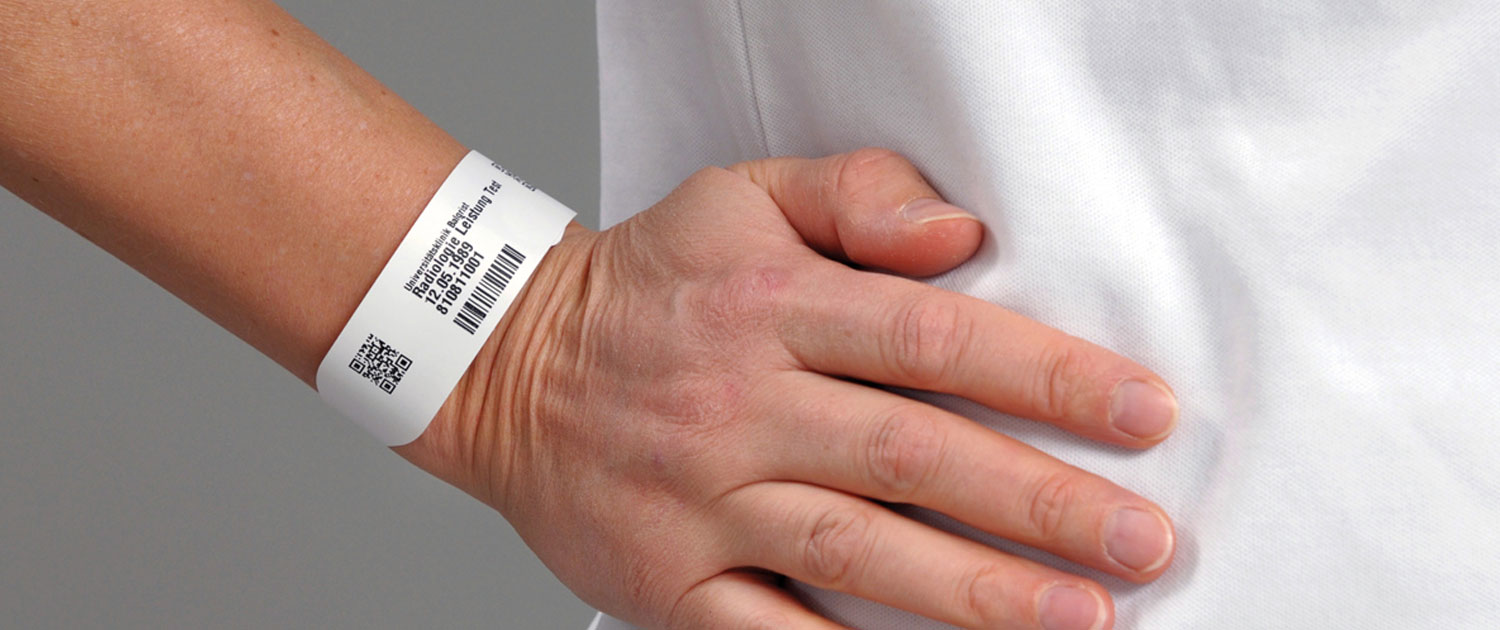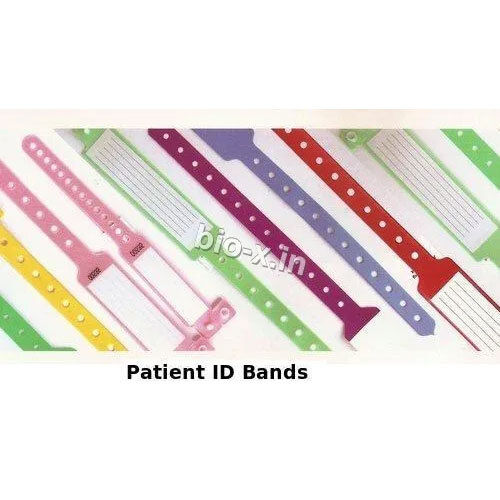How to Ensure the Safety and Precision of Patient Information with a Patient Identification Band
How to Ensure the Safety and Precision of Patient Information with a Patient Identification Band
Blog Article
Discovering the Numerous Kinds Of Patient Identification Band Used in Clinical Facilities
In the elaborate world of medical care, the critical function of Patient Identification bands commonly goes unnoticed. These bands, varying from easy paper wristbands to innovative RFID bands, create the backbone of Patient security methods, making certain accuracy in Patient Identification.
Comprehending the Importance of Patient Identification Bands
While they may appear like simple accessories, Patient Identification bands play a vital duty in clinical facilities. These bands offer as an important device for verifying Patient identification, avoiding medical errors related to misidentification. Patient Identification bands likewise help in simplifying administrative jobs, guaranteeing accurate record-keeping and billing.
Standard Paper Wristbands: Their Use and Limitations
Standard paper wristbands have been a staple in Patient Identification across numerous medical centers. While their usage prevails, they harbor certain limitations that may impact their efficiency in Patient monitoring. This area will concentrate on the scope of their application and the inherent downsides associated with their usage.
Paper Wristbands: Use Scope
In the world of Patient Identification, paper wristbands have actually long held an essential role. These bands are normally utilized in outpatient settings, where the Patient's remain is temporary. Regardless of advancements in modern technology, the humble paper wristband continues to be a reliable and cost-effective option for Patient Identification in various healthcare scenarios.
Limitations of Paper Wristbands
In spite of their widespread use, paper wristbands are not without their drawbacks. In addition, paper wristbands frequently do not have the technological abilities of even more contemporary alternatives, such as barcoding or RFID chips, limiting their functionality to simply showing composed info. Paper wristbands can create pain or skin irritability to some patients, especially when put on for extensive durations.
Barcoded Wristbands: Advancements in Patient Identification
While Patient Identification has actually long been a crucial aspect of medical care, the development of barcoded wristbands indicates a significant jump ahead. These bands leverage the simpleness of barcoding technology, allowing for Patient information to be quickly scanned and accessed. They improve the speed and precision of Patient Identification, decreasing the threat of clinical mistakes connected to misidentification.
Superhigh Frequency Identification (RFID) Bands: a Step In The Direction Of Futuristic Healthcare
The advancement of Patient Identification bands has brought concerning the emergence of Superhigh frequency Identification (RFID) Bands (patient identification band). These ingenious devices existing key advantages for medical care facilities, using an extra efficient and highly progressed means of Patient Identification. over here The execution of RFID in medical care is a considerable action in the direction of an extra advanced method to Patient management and safety
Understanding RFID Bands

RFID Bands: Secret Benefits
Mostly, these bands improve Patient safety and security by offering exact, rapid Identification, thereby minimizing medical mistakes. RFID bands can store a huge amount of Patient information, consisting find out this here of medical background and allergies, allowing personalized treatment. On the whole, RFID bands represent a substantial development in Patient Identification innovation, profiting both clients and medical care companies.
Executing RFID in Medical Care
These bands give a smooth method to track and recognize individuals, guaranteeing their security and boosting efficiency in treatment procedures. RFID bands reduce medical errors by giving precise Patient Identification, which is important in stopping misdiagnosis or wrong medication management. Hence, the implementation of RFID bands is a significant step towards enhancing Patient safety and security and healthcare shipment.

Color-Coded Wristbands: Helping in Quick and Accurate Diagnosis
In the dynamic atmosphere of a clinical facility, color-coded wristbands have emerged as crucial tools for swift and exact Identification of a patient's medical condition. These wristbands, used by clients, bring particular colors that match to various medical conditions or standings. This system is developed to offer immediate aesthetic cues to health care suppliers, enhancing Patient security and Our site care quality.
Techniques for Reliable Application and Administration of Patient ID Bands
Achieving optimum use of Patient Identification bands requires a well-structured method for their application and administration. Patient education is also crucial; individuals need to understand the function of the bands and the demand for their consistent wear. It's crucial to have a back-up plan in location, such as barcode scanning or biometrics, to make certain that Patient Identification is never jeopardized.
Final thought
Patient Identification bands are vital in clinical facilities to make certain safety and security and accuracy. Standard paper, barcoded, RFID, and color-coded wristbands each hold unique benefits, ranging from cost-effectiveness to sophisticated data storage and instant clinical signals. Reliable execution and monitoring of these bands can significantly lower clinical mistakes, boost performance, and enhance general Patient treatment. Hence, understanding and making use of these Identification tools is paramount for maintaining high requirements in health care.
These bands, varying from easy paper wristbands to innovative RFID bands, form the backbone of Patient safety protocols, making sure accuracy in Patient Identification.The development of Patient Identification bands has brought regarding the emergence of Radio Regularity Identification (RFID) Bands. In general, RFID bands stand for a significant development in Patient Identification modern technology, benefiting both people and medical care carriers.
RFID bands lower clinical errors by giving accurate Patient Identification, which is critical in preventing misdiagnosis or incorrect medication management. Patient education and learning is also crucial; people should recognize the purpose of the bands and the demand for their constant wear.
Report this page